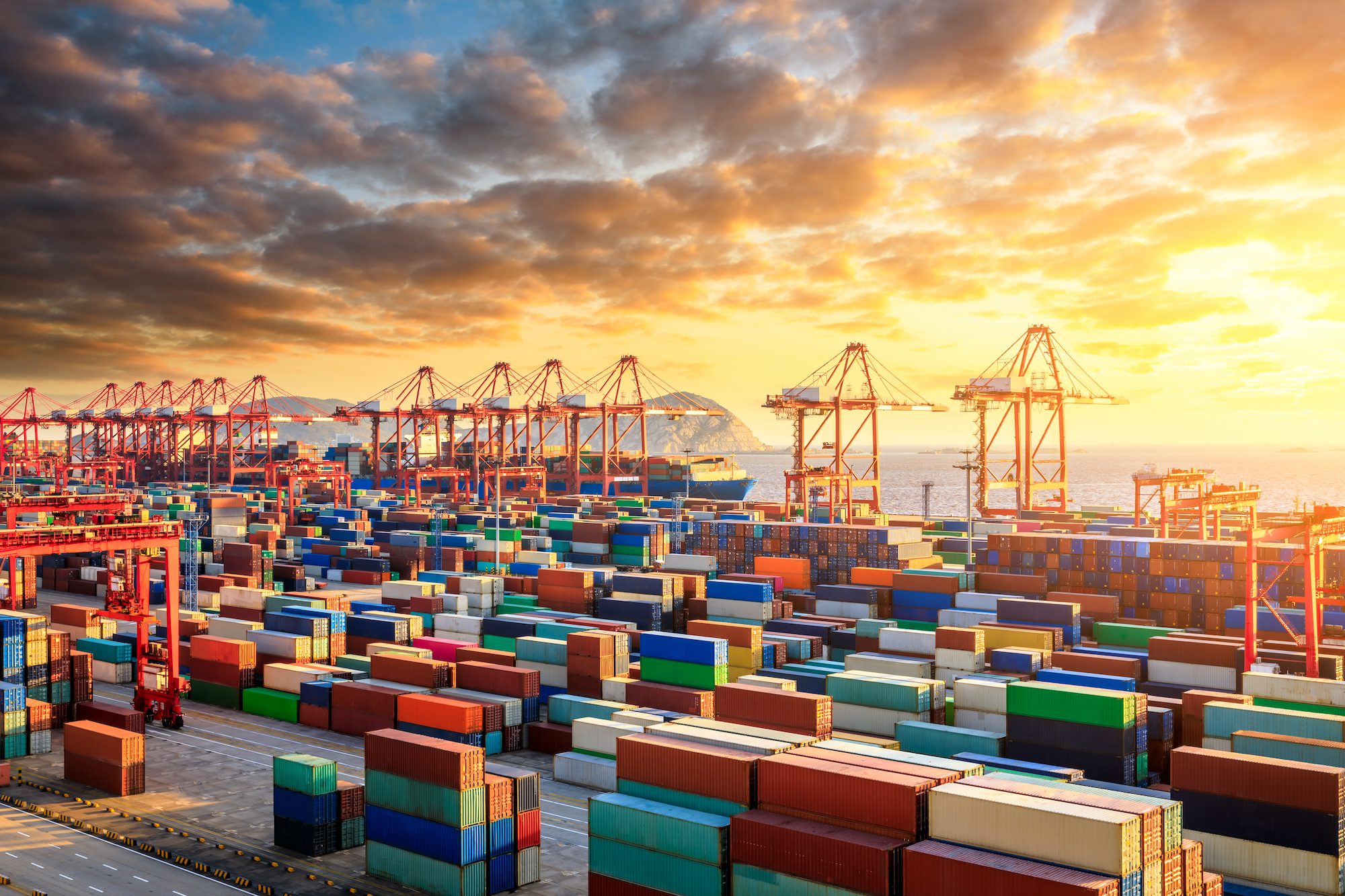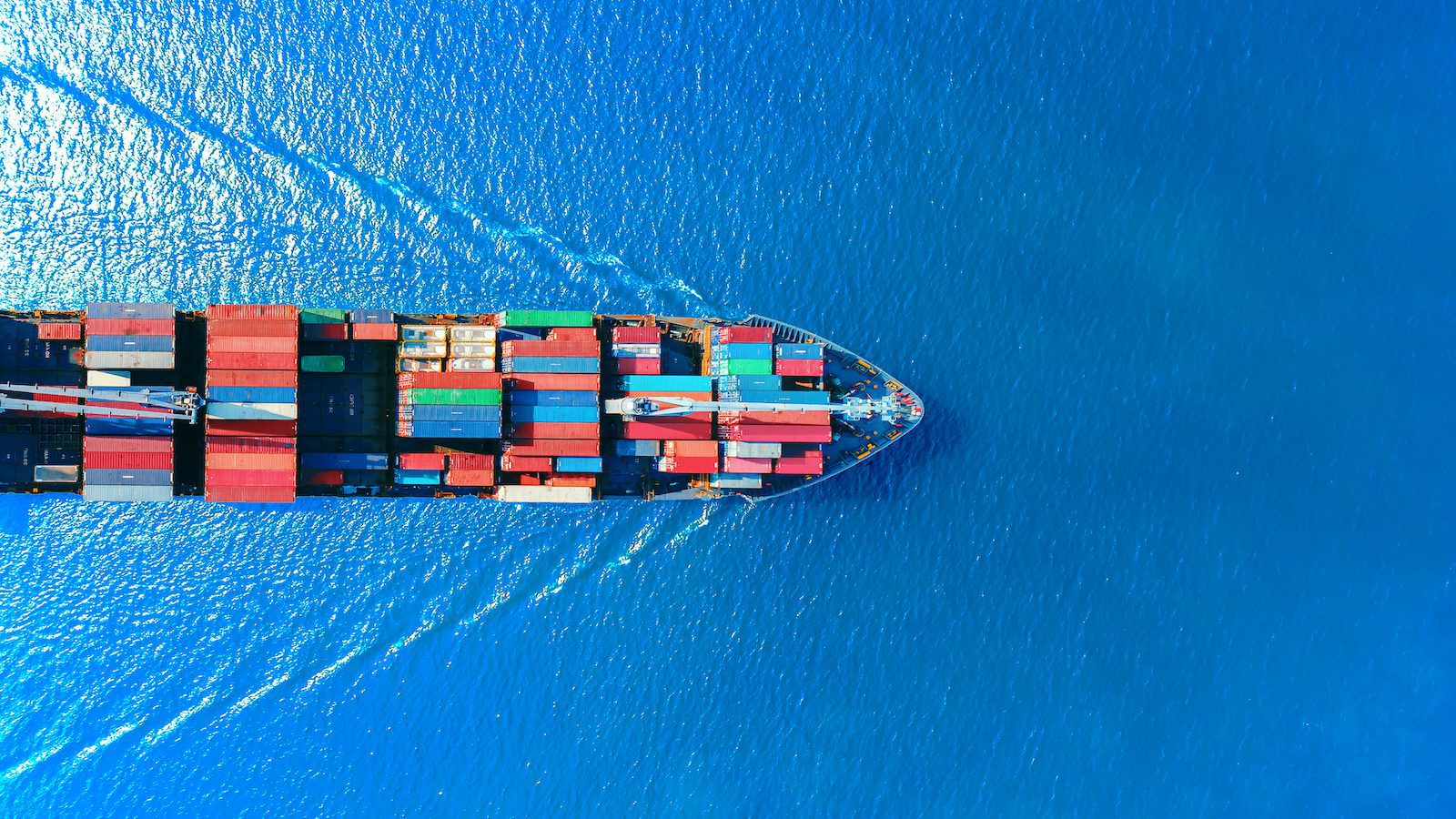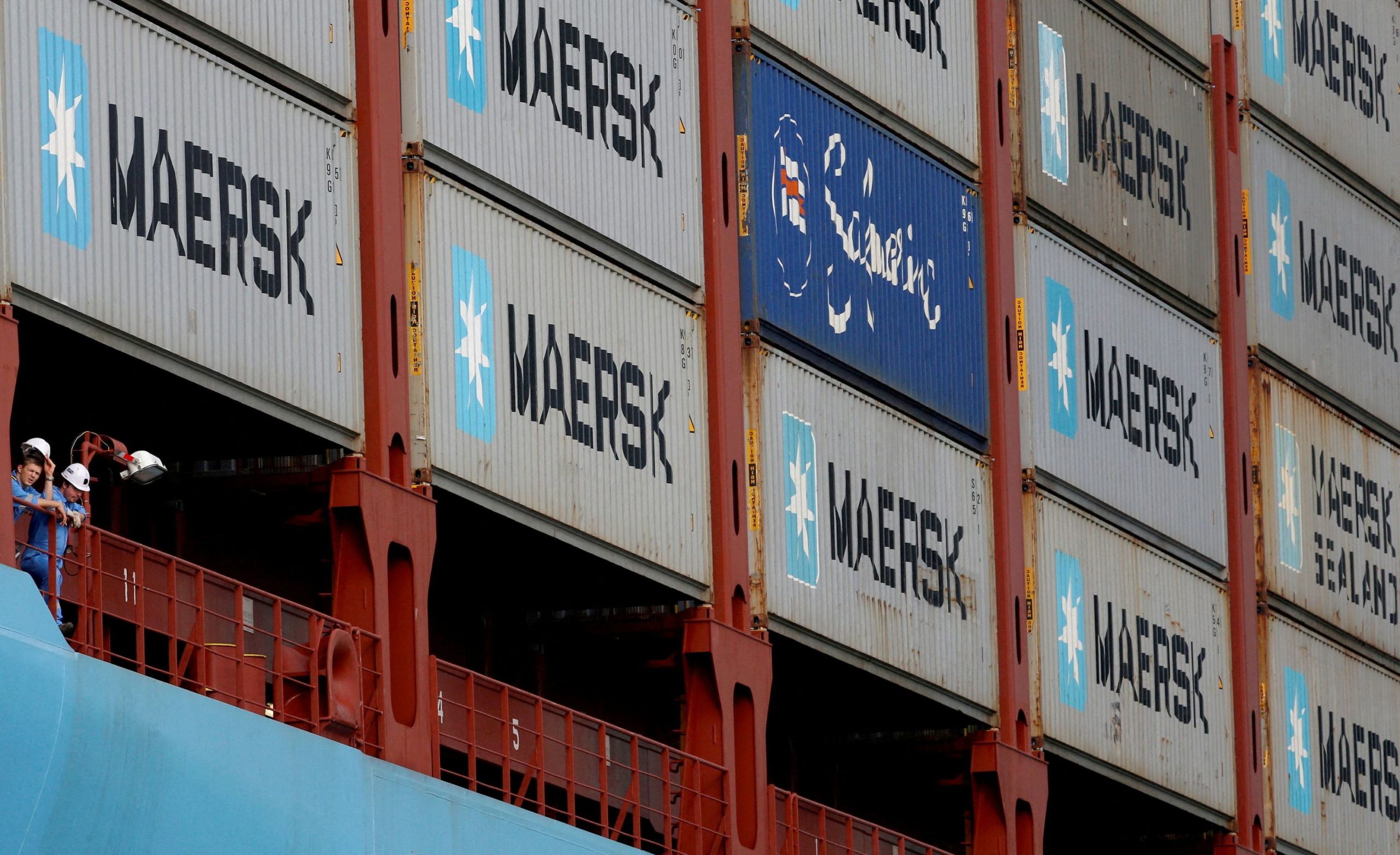The International Maritime Organization (IMO) is on the cusp of implementing the world’s first global emissions pricing system for any sector, as negotiations enter their final stage at the Marine Environment Protection Committee (MEPC 83) meeting in London next week.
The high-stakes meeting, scheduled for April 7-11, 2025, follows extensive preparatory work by the Intersessional Working Group on GHG Emissions, which recently concluded with participation from approximately 1,000 delegates.
At the core of these discussions is the IMO Net-Zero Framework, which will introduce amendments to MARPOL Annex VI through a dual approach: a technical component featuring a goal-based marine fuel standard, and an economic element implementing a maritime GHG emissions pricing mechanism.
The framework’s impact could be far-reaching, considering the current MARPOL Annex VI treaty encompasses 108 Parties representing 97.3% of the world’s merchant shipping tonnage.
Ambassador Albon Ishoda, Marshall Islands Special Envoy for Maritime Decarbonization, emphasized the critical nature of the universal levy: “A growing bloc of countries, particularly from Africa, the Caribbean, Central America, and the Pacific, is united in its focus on delivering ambition and equity for the Global South. But when it comes to equity, our voices continue to be ignored.”
The negotiations have revealed significant divisions among key players. While Pacific, Latin American, Caribbean, and African countries, supported by the UK, advocate for a robust levy system, the European Union has faced criticism for not maintaining its initial position. The EU’s retreat from its proposed $100 levy, which could have generated up to $60 billion annually, to supporting a weaker mechanism targeting only $30 billion, has raised concerns about the policy’s effectiveness,
Interestingly, China and India have shown increased support for stable revenue generation, with their positions now reportedly surpassing the EU’s ambition on fundamental policy design.
A UNCTAD study commissioned by the IMO suggests that a levy of $150-300 per tonne of greenhouse gas, if properly designed, represents the optimal approach to minimize economic impacts on global GDP growth while promoting economic equality.
However, Christopher Wiernicki, Chairman and CEO of the American Bureau of Shipping (ABS), cautions that “A carbon levy is a wild card. It will all depend on how it is implemented and enforced.” The current uncertainty around potential levy rates, ranging from $18 to $150 per ton, is creating significant market uncertainty.
The IMO’s 2023 Revised Strategy has set ambitious targets: reducing shipping’s carbon intensity by 40% by 2030 compared to 2008 levels, with 5-10% of shipping’s energy coming from zero or near-zero GHG emission sources by 2030, ultimately aiming for net-zero emissions by 2050.
Following the anticipated approval at MEPC 83, the draft amendments will undergo further consideration, with final adoption expected at an extraordinary MEPC session in October 2025. Under the “tacit acceptance” procedure, these measures could become effective in 2027.
The meeting will also address other environmental initiatives, including developing guidelines for measuring methane and nitrous oxide emissions from marine diesel engines and establishing a regulatory framework for onboard carbon capture and storage.
For those following these developments, IMO delegates from high-ambitious countries will hold a press conference and Q&A session on Monday, April 7, at 1:30-2pm at the IMO HQ.

 Join The Club
Join The Club










